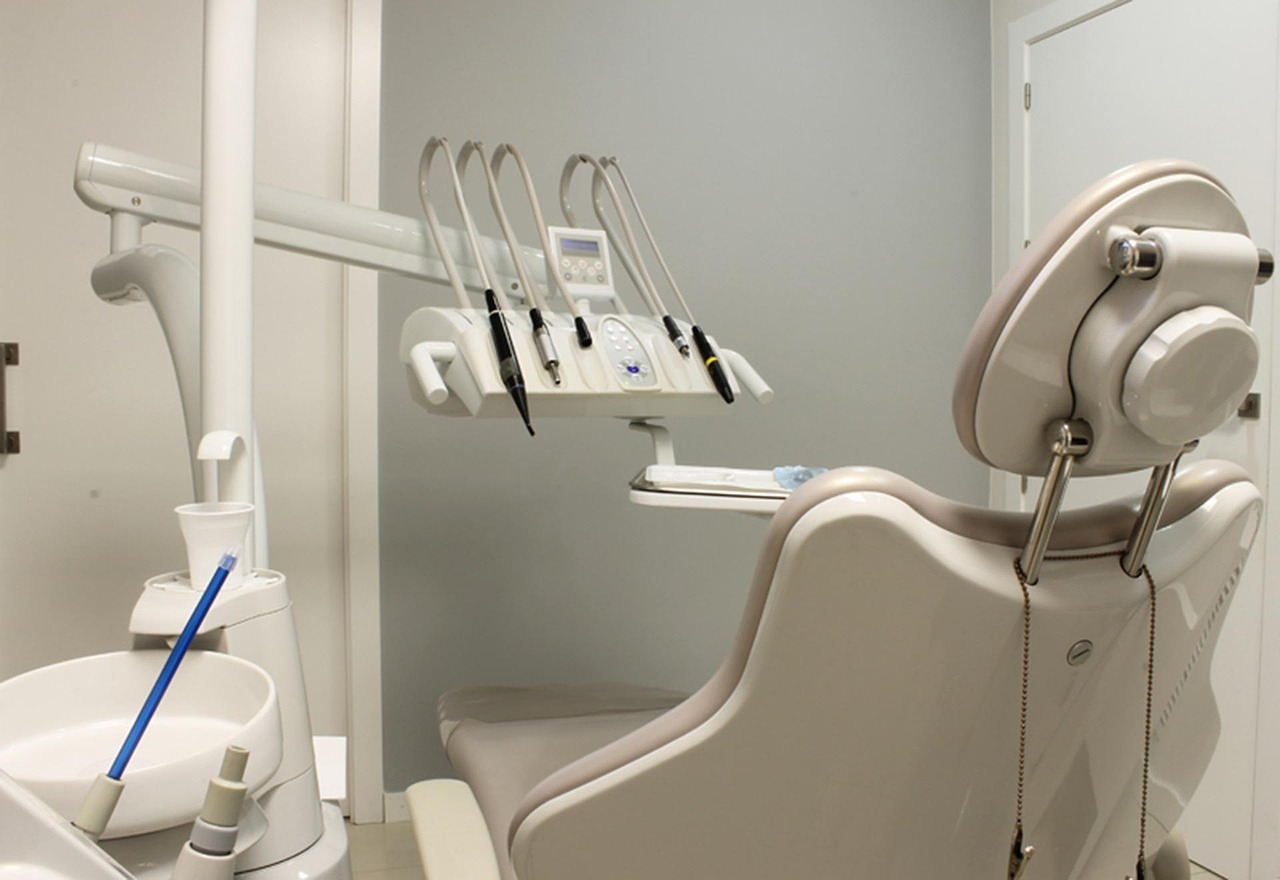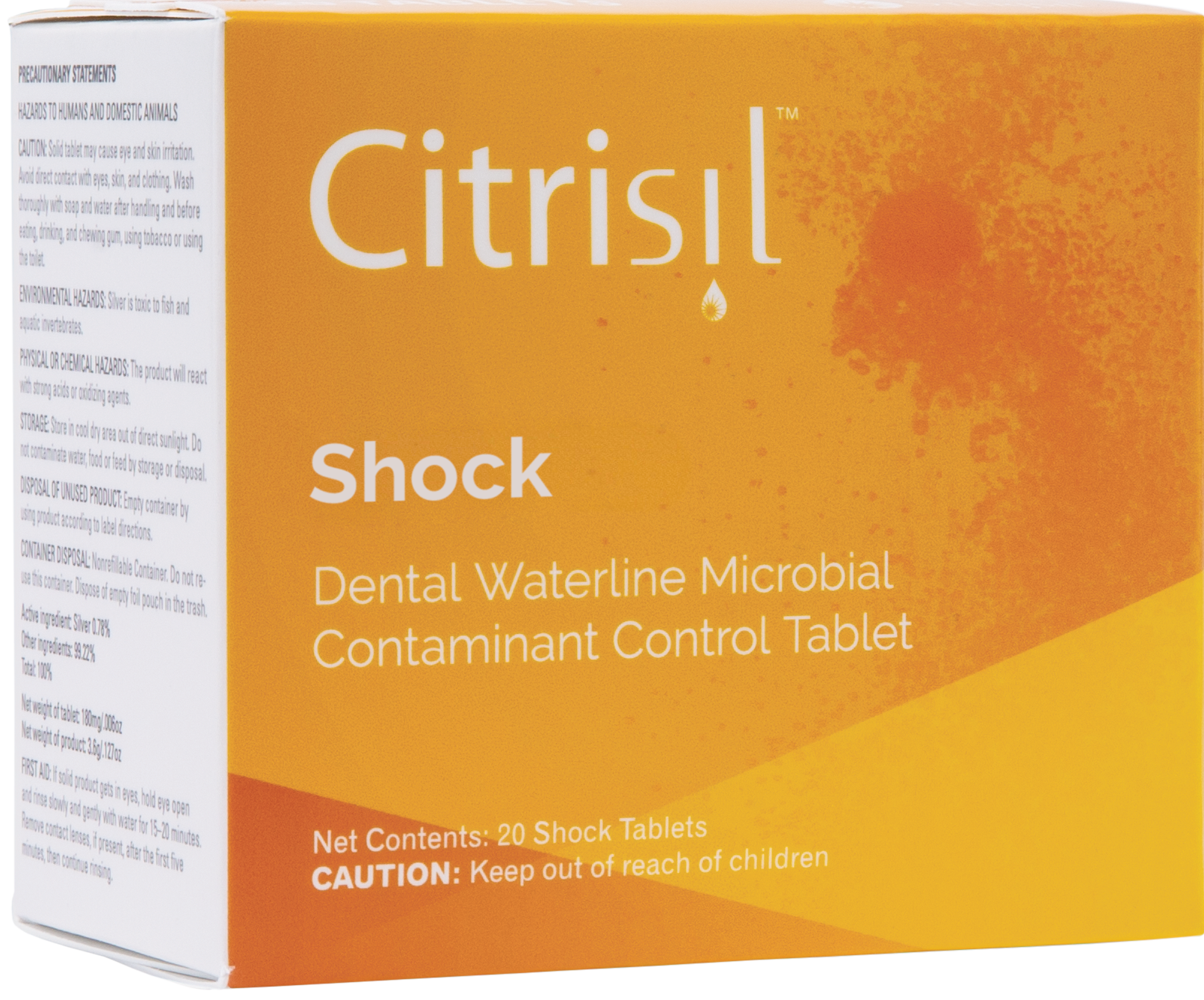Your cart is currently empty!

What to Do If You Fail a Waterline Test: Shocking and Remediating Your DUWLs

Georgia’s new dental regulation (Rule 150-8-.05) makes clean dental unit waterlines a compliance requirement, and many other states across the country are following suit. If your practice fails a waterline test, you must shock and remediate your lines to remove biofilm and restore safe bacterial levels. Shocking, retesting, and using continuous treatment are essential steps to ensure long-term safety and compliance.
As Georgia enforces Rule 150-8-.05, dental practices across the state are taking a closer look at their waterline safety protocols—and for good reason. Dental unit waterlines (DUWLs) are vulnerable to bacterial biofilm growth, which can harbor dangerous pathogens.
If your practice has recently failed a waterline test, don’t panic—but do act fast. Shocking and remediating your lines is a crucial step to getting back into compliance, protecting your patients, and ensuring the long-term safety of your dental water systems.
Why Waterline Testing Matters More Than Ever
The new Georgia dental rule 150-8-.05 requires dental offices to maintain waterlines that meet the EPA regulatory standards for drinking water (≤500 colony forming units [CFU]/mL of heterotrophic water bacteria) and remediate immediately should bacteria levels exceed this limit. This means testing isn’t just best practice—it’s now a compliance issue.
What happens when you fail a test? You may be over that 500 CFU/mL threshold due to biofilm buildup, inconsistent treatment, or ineffective protocols. In that case, you’ll need to shock your lines and implement a remediation protocol.
Let’s walk through the steps.

What Is “Shocking” Your Waterlines?
Shocking is a high-level disinfection process that uses a high, short-term dose of a strong antimicrobial agent to rapidly disinfect water.
Think of shocking as a system reset. Regular low-level treatments (like Sterisil Straws or tablets) help prevent biofilm from forming, but they’re not designed to remove heavy biofilm once contamination sets in. That’s where shocking comes in—it’s the first step to reclaim your waterlines and reduce bacteria levels below the CDC threshold.
Step-by-Step: What to Do After Failing a Waterline Test
1. Confirm the Failure
- Review the test results and compare them to CDC guidelines (≤500 CFU/mL)
- Was the failure across all lines or isolated to a few? This can affect how aggressively you’ll need to remediate.
2. Remove Your Low-Level Treatment
- If you’re using a continuous treatment cartridge or straw, you may need to remove it before shocking. The shock solution is too strong and may damage the cartridge or straw.
- Note: The Sterisil Straw is the only straw that does not need to be removed when shocking, as long as you’re using Citrisil Shock.
3. Choose the Right Shock Product
- Use a DUWL-specific shocking agent that’s EPA-registered for dental waterlines.
- Citrisil Shock is a great example—unlike chlorine shock, which is an extremely potent oxidant and not a registered EPA product for dental unit waterlines, silver ion treatments use the natural antimicrobial properties of silver without damaging equipment. It’s compatible with your existing Sterisil system, and it’s the only shock product that comes in tablet form, reducing human error by eliminating the need to measure proper dilution
4. Follow the Manufacturer’s Instructions
- Carefully mix (if applicable) and apply the solution according to the manufacturer’s specific Instructions for Use (IFUs).
- Use the IFU to confirm how long the shock should be left in the system.
- After the required contact time, flush thoroughly with clean water. Many shock products are colored so you can tell when the treatment has been fully flushed out.
5. Retest Your Lines
- After shocking, retest your waterlines to ensure CFU levels are within safe limits.
- Tip: Retest your waterlines using the same type of test you failed with (in-office or mail-in) to help you identify trends when you look back at documentation.
6. Resume Low-Level Continuous Treatment
- Once your lines pass, resume using your treatment cartridge, straw, or tablet system as normal to prevent future biofilm buildup.
- Daily flushing is crucial and should be done at the beginning and end of the day and for 20-30 seconds after every patient. Routine water monitoring is the only way to know if your water is safe and below 500 CFU/mL. We recommend the Sterisil® SAFEWATER Solution, which advises testing and shocking once per month. Using an in-office test strip like FASTCheck15 makes it easy and affordable. Sterisil R2A with FASTRead is a comprehensive mail-in lab test option and recommended quarterly.
Best Practices to Avoid Future DUWL Failures
- Test at least quarterly to stay ahead of biofilm and meet compliance requirements for safe water.
- Log your results to create a waterline safety record—this is useful for inspections and internal QA.
- Train your team on proper maintenance, shock, test, and remediation protocols for DUWL success.
- Always follow the IFU for each product and ensure product compatibility.
- Ensure routine shocking is in your calendar and have a closure plan for your DUWLs when there is prolonged downtime (holidays, vacations, etc.).

What Georgia Rule 150-8-.05 Means for Your Practice
Under the new Georgia Board of Dentistry rule, dental offices are required to demonstrate that their DUWLs meet the EPA Drinking Water Standard of 500 CFU/mL or less. This means:
- Routine quarterly testing is mandatory.
- Failing a test triggers the need for immediate remediation.
- Ignoring contamination could lead to regulatory violations and put patient safety at risk.
- Document all testing, remediation, and results keeping records for 5 years.
Sterisil’s recommended protocol and suite of products that are designed to work better together help practices stay compliant, safe, and audit-ready—even if you’ve failed a test in the past.
A failed dental waterline test doesn’t have to be a disaster—it’s a warning sign that gives you the opportunity to correct course. Shocking and remediating promptly helps you restore safety and maintain compliance. With the right tools, treatment protocols, and documentation, you can keep your waterlines clean, your patients safe, and your practice ahead of the curve.
FAQ: Dental Waterline Shocking and Remediation
A: You should shock when you fail a test, after prolonged inactivity (e.g., vacation), and at least monthly (as per Sterisil’s IFU) to stay in compliance—even if you’re using continuous treatment. Our best recommendation is to test monthly with an in-office test like FASTCheck15™ and once per quarter with a lab test like Sterisil® R2A with FASTRead™.
This depends on the treatment type you use–if you use both the Sterisil Straw and Citrisil shock, you don’t have to remove the straw when shocking. All other treatment types require removal, even if you’re using a Sterisil straw with a different shocking product.
Generally, you want to retest your water using the same type of test you used when you first failed (in-office test or lab test). For the most in-depth look, a lab test like Sterisil® R2A with FASTRead™ provides specific CFU counts and verifies compliance with the CDC’s 500 CFU/mL standard.
You may need to shock and test again if biofilm buildup is heavy. If you continue to fail, you may have a larger biofilm problem. Contact our Water Specialists at (877) 207-1551 for support, and we’ll help you decide next steps.
Keep records (for at least 5 years) of:
– Test dates and results
– Shock procedures (product, date, staff initials)
– Cartridge changes
– Routine maintenance logs Keep records (for at least 5 years) of:
– Test dates and results
– Shock procedures (product, date, staff initials)
– Cartridge changes
– Routine maintenance logs
Share this post:

Related Posts




